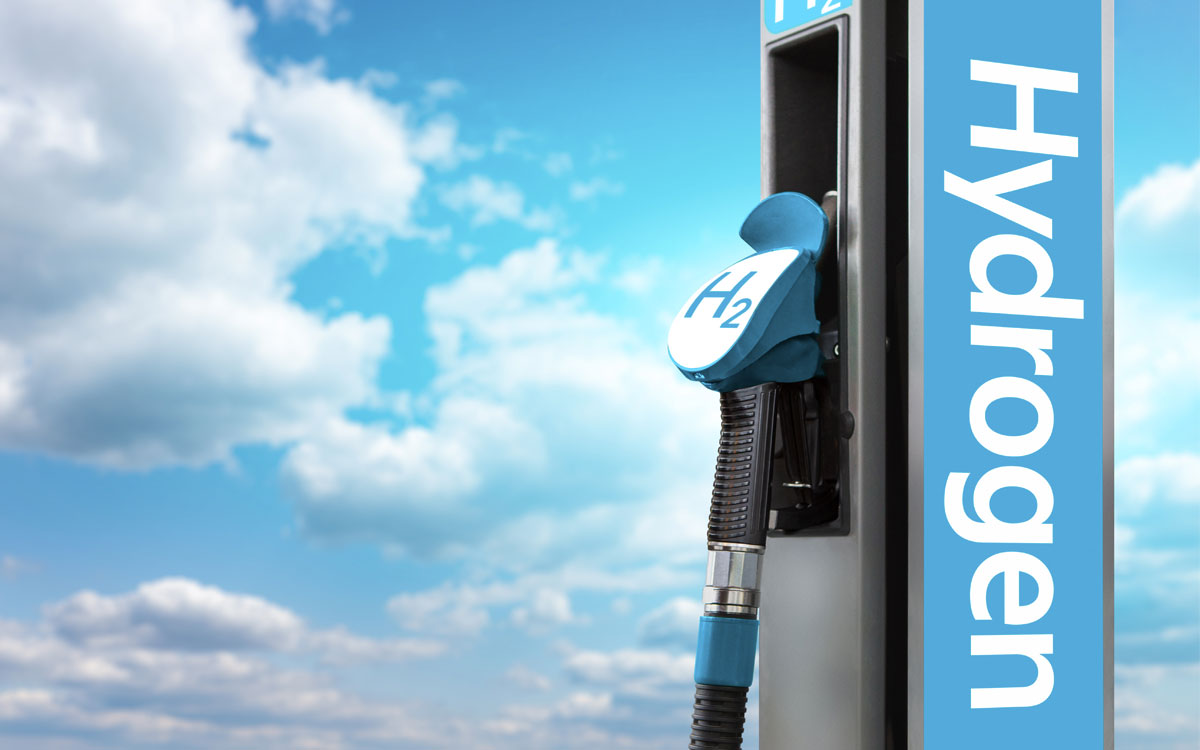Summary
The Proton Flow Reactor System project aims to develop an integrated system for storage of electricity from renewable energy and export the stored energy as hydrogen within hydrogenated carbon-based material.
Key results
A novel ‘proton flow reactor’ (PFR) system for producing hydrogenated carbon(C)-based powder for bulk export has been developed. This reactor – a novel and scaled-up extension of RMIT’s innovative proton battery concept – uses electricity from renewables to split water and charge a stream of C-particles in a slurry electrode with the protons produced. The system is zero-emission and environmentally-benign. It offers a way to export a hydrogen-rich solid carbon material charged using renewable energy, as well as to store intermittent renewable energy on electricity grids at various scales.
- TRL has increased from 2 to 4
- The Proton Flow Reactor System (PFR) is technically feasible. Hydrogen can be stored in a PFR with a flow-in flow-out paste electrode, drying the paste to a powder for storage externally and reconstituting the paste at a later time for recovery of the stored energy. 60% of the Hydrogen stored in the electrode after charging was recovered and consumed in the electricity generation.
- The energy efficiencies of the small-scale paste proton flow reactor during the hydrogen-charging (electricity supply) process, and discharging (electricity delivery) process, have been measured, and a value of 15% for the roundtrip energy efficiency for the PFR system overall obtained. Projected improvements could see that rise to 57% for a full-scale system after commercialisation.
- An alternative mode of operating a PFR in discharge mode has been discovered that allows direct generation of hydrogen gas from the hydrogenated carbon material. Importantly, this discovery opens up the prospect of the PFR system being used to export and supply hydrogen gas for fuel-cell vehicles for transportation, rather than solely for electrical energy storage.
- A nearly three-fold increase in the gravimetric hydrogen storage capacity in a paste-electrode proton reactor/battery has been achieved by making a number of modifications to the PFR design. The previously best achieved capacity for hydrogen storage in ACPR was raised from 0.8 wt% to 2.23 wt%, which is more than twice the maximum electrochemical hydrogen storages reported to date in carbons with acidic electrolytes.
Learn more
How the project works
A novel ‘proton flow reactor’ system for producing hydrogenated carbon(C)-based powder for bulk export will be developed. This reactor will use electricity from renewables to split water and charge a stream of C-particles with the protons produced. The stream of particles will flow through a negatively charged electrode to neutralise the protons as they are stored. Solid hydrogenated C-powder for storage and transport will then be generated. At the destination, the C-powder will be passed through an identical reactor operating in ‘fuel-cell’ mode to re-generate electricity.
Area of innovation
This Proton Flow Reactor System will be a novel and scaled-up form of RMIT’s innovative proton battery − a reversible PEM fuel cell that reversibly stores protons in its solid electrode without forming hydrogen gas. The technical feasibility of a proton battery with an activated carbon electrode has recently been proven by the RMIT team. The proton flow reactor concept to be developed in this project has not so far been articulated publicly anywhere in the world. This reactor, and the C-powder for storage of atomic hydrogen, will both involve considerable technical innovation.
Benefit
This system offers a zero-emission and environmentally-benign solution to production of exportable hydrogenated material from renewable energy and abundant carbon primary sources for conversion to electricity overseas. It may also store intermittent renewable energy on electricity grids at various scales. Potential energy densities are competitive with 700 bar compressed hydrogen gas, while avoiding the high cost and parasitic energy of the latter. The project will create the opportunity for patenting a proton flow reactor system, to attract industry partners for scale-up and commercialisation.








